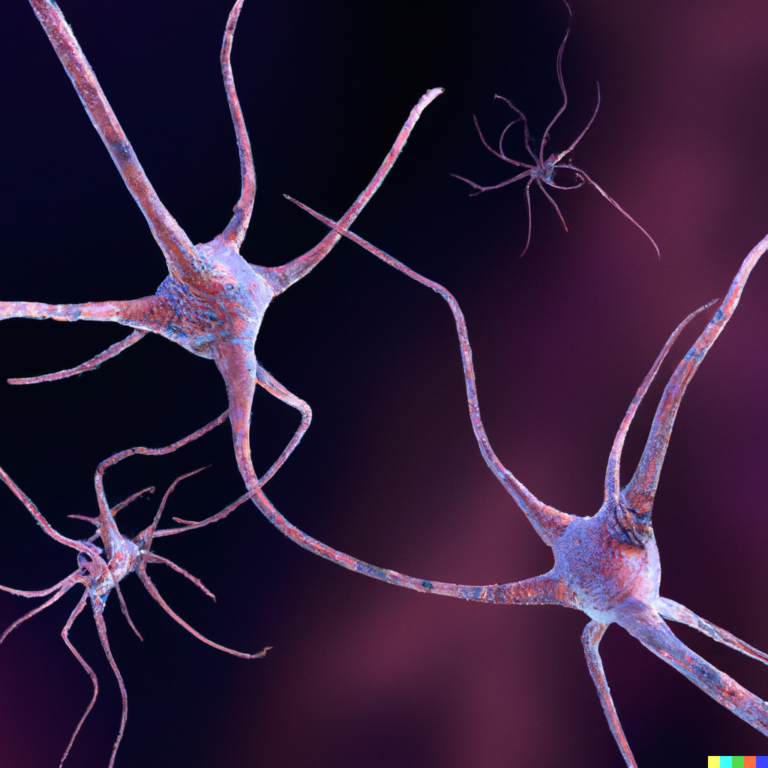People with dementia often respond well to shadow play as a form of visual stimulation because it taps into several key aspects of how their brains process information and emotions. Shadow play involves creating shapes or figures using shadows, usually cast by hands or objects, which can be simple yet captivating for someone experiencing cognitive decline.
## Why Shadow Play Works Well for People with Dementia
**1. Simplicity and Clarity**
Shadow play uses clear, high-contrast images—dark shapes against a lighter background—which are easier for people with dementia to see and understand compared to complex or cluttered visuals. This simplicity helps reduce confusion and sensory overload, making it more engaging without overwhelming the person[4].
**2. Gentle Sensory Stimulation**
Visual stimulation through shadow play is soft and non-intrusive. Unlike loud noises or bright flashing lights that might cause agitation, the slow movement of shadows provides calming sensory input that can soothe anxiety common in dementia[1][4].
**3. Encourages Focused Attention**
Because shadow figures move slowly and predictably, they help anchor attention in the present moment. This focused engagement can reduce restlessness or wandering thoughts often seen in dementia patients[5].
**4. Evokes Curiosity and Imagination**
Shadow play invites interaction—people may try to guess what shape is being made or even participate by making their own hand shadows. This playful element stimulates imagination without requiring complex memory recall skills that might be difficult for them[5].
**5. Supports Emotional Connection Through Familiarity**
Shadows are universal; they don’t rely on language skills which may decline in dementia but instead connect through basic visual recognition—a fundamental human experience from early childhood onward[4]. The gentle back-and-forth nature of shadow games also fosters social interaction between caregivers and those living with dementia.
## Additional Benefits
– **Reduces Anxiety:** The calm environment created by controlled light and shadow reduces overstimulation that can trigger sundowning symptoms (evening confusion) common in dementia[1][4].
– **Accessible Activity:** Shadow play requires minimal equipment—just a light source—and can be done anywhere, making it easy for caregivers to use regularly.
– **Encourages Movement:** Sometimes participants try moving their hands to create new shapes themselves, promoting gentle physical activity.
In summary, people with dementia engage better with shadow play because it offers simple yet meaningful visual cues that stimulate senses gently while encouraging focus, creativity, emotional connection, and calmness—all critical elements when supporting cognitive health through sensory activities[4][5].





